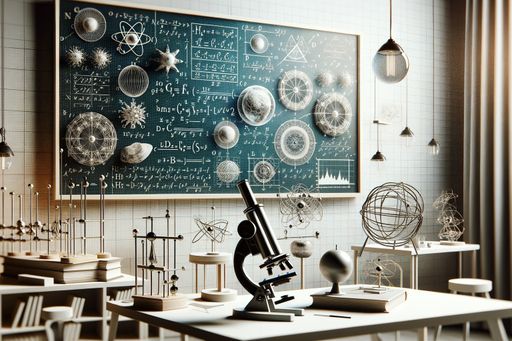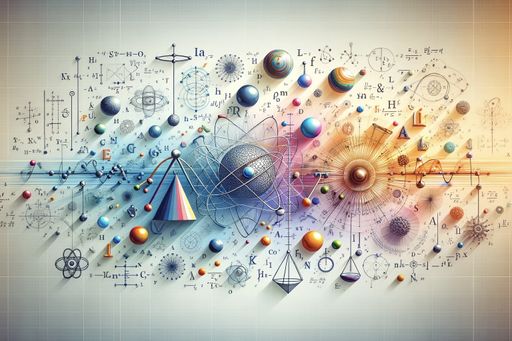Physics Feed - Page 10

Gravitational Wave Observatory in Eastern WA Breaks Quantum Limit
The LIGO Hanford Observatory near Richland has made a breakthrough in quantum limit, allowing it to detect more cataclysmic cosmic events. This quantum limit breakthrough has expanded its ability to probe a larger volume of the universe and conduct more astronomy.

Astronomical Mystery: Strange Radio Signal Detected From Outside the Milky Way
New research reveals a never-before-seen behavior in a repeating Fast Radio Burst, offering fresh insights into these mysterious cosmic phenomena.

The Likelihood of Quark Matter Cores in Massive Neutron Stars
Exploring a study shedding light on the probable existence of quark matter cores within massive neutron stars, utilizing advanced computational techniques and interdisciplinary expertise.

Unveiling the Secrets of nonreciprocal molecule interactions
Researchers uncover a mechanism where molecules interact without external forces, shedding light on how simple matter evolves into complex structures and potential technological applications.

Ancient Supermassive Black Holes: Rethinking the Early Universe
Scientists have discovered an ancient supermassive black hole, challenging our understanding of how these massive objects formed. The James Webb Space Telescope (JWST) played a crucial role in this discovery.

Redefining Molecular Physics: The Surprising Phenomenon of Kinetic Asymmetry
Scientists have discovered a novel way that molecules can interact non-reciprocally without external forces, challenging traditional views on molecular interactions and potentially impacting the understanding of life's evolution and the design of molecular machines.

TQI Exclusive: How Quantinuum Utilized Hardware, Software, and Talent-ware to Achieve a Groundbreaking Discovery
Explore how Quantinuum employed a combination of cutting-edge hardware, software, and talent-ware to make a significant scientific breakthrough.

Physicists Upgrade World's Biggest Atom Smasher to Probe Dark Photons
The Compact Muon Solenoid (CMS) ongoing Run 3 experiment has presented its initial findings about the elusive dark photons.
